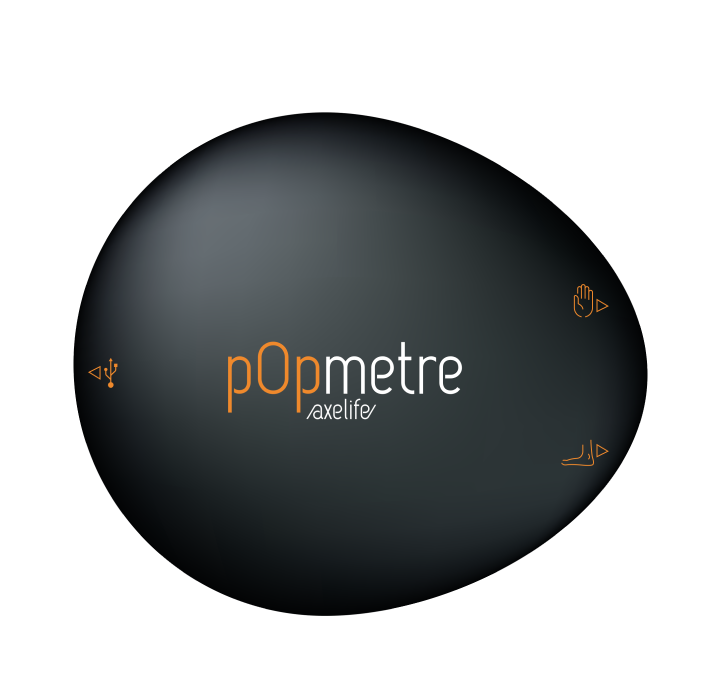Deep learning and PPG signals
The application of deep learning in healthcare is transforming the field by using large volumes of medical data to improve patient outcomes, streamline healthcare processes, and advance research.
Convolutional Neural Network (CNN)
CNN, or Convolutional Neural Network, models are a class of deep learning algorithms commonly used for image recognition, classification, and other tasks involving visual data. Inspired by the organization of the animal visual cortex, CNN models consist of multiple layers of interconnected nodes, each layer performing specific operations such as convolution, pooling, and nonlinear activation. Convolutional layers extract features from the input image by applying filters across different spatial locations, capturing patterns such as edges, textures, and shapes. Pooling layers then reduce the dimensionality of the feature maps, retaining important information while discarding irrelevant details. Through repeated application of these layers, CNN models can learn hierarchical representations of visual data, enabling them to accurately classify objects, detect objects within images, and even generate new visual content through techniques like image synthesis. CNN models have demonstrated remarkable performance across a wide range of applications, from medical imaging and autonomous driving to facial recognition and natural language processing, making them a cornerstone of modern artificial intelligence.
CNN and PPG signals
Convolutional Neural Networks (CNNs) have emerged as a powerful tool for processing physiological signals such as photoplethysmography (PPG) signals in healthcare applications. PPG signals, which measure variations in blood volume in peripheral tissues, are commonly acquired using wearable devices such as smartwatches and fitness trackers. CNNs can effectively extract meaningful features from PPG signals, enabling tasks such as heart rate monitoring, arrhythmia detection, and assessment of vascular health. By leveraging the hierarchical structure of CNNs, these models can automatically learn discriminative features from raw PPG data, allowing for accurate classification and prediction of various cardiovascular conditions. Moreover, CNNs can facilitate real-time analysis of PPG signals, enabling continuous monitoring of physiological parameters and early detection of anomalies. The integration of CNNs with PPG signal processing holds great promise for revolutionizing remote patient monitoring, personalized healthcare, and preventive medicine.
Still, several challenges needs to be addressed
Despite its potential benefits, the application of deep learning to PPG signals also presents several challenges. Firstly, one major challenge is the scarcity of labeled datasets suitable for training deep learning models on PPG data. Annotated PPG datasets are often limited in size and diversity, hindering the generalizability and performance of deep learning algorithms. Additionally, the variability in PPG signal characteristics due to factors such as motion artifacts, noise, and individual physiological differences poses a challenge for model robustness and reliability. Furthermore, deep learning models applied to PPG signals may lack interpretability, making it difficult to understand the underlying features driving predictions and limiting their clinical adoption. Moreover, the computational complexity and resource requirements of deep learning algorithms may pose challenges for real-time processing and deployment on resource-constrained devices, such as wearable health monitors. Addressing these challenges requires collaborative efforts from researchers, clinicians, and industry partners to develop robust, interpretable, and computationally efficient deep learning solutions tailored to the unique characteristics of PPG signals.
Read more about it: Transfer learning of CNN-based signal quality assessment from clinical to non-clinical PPG signals | IEEE Conference Publication | IEEE Xplore
